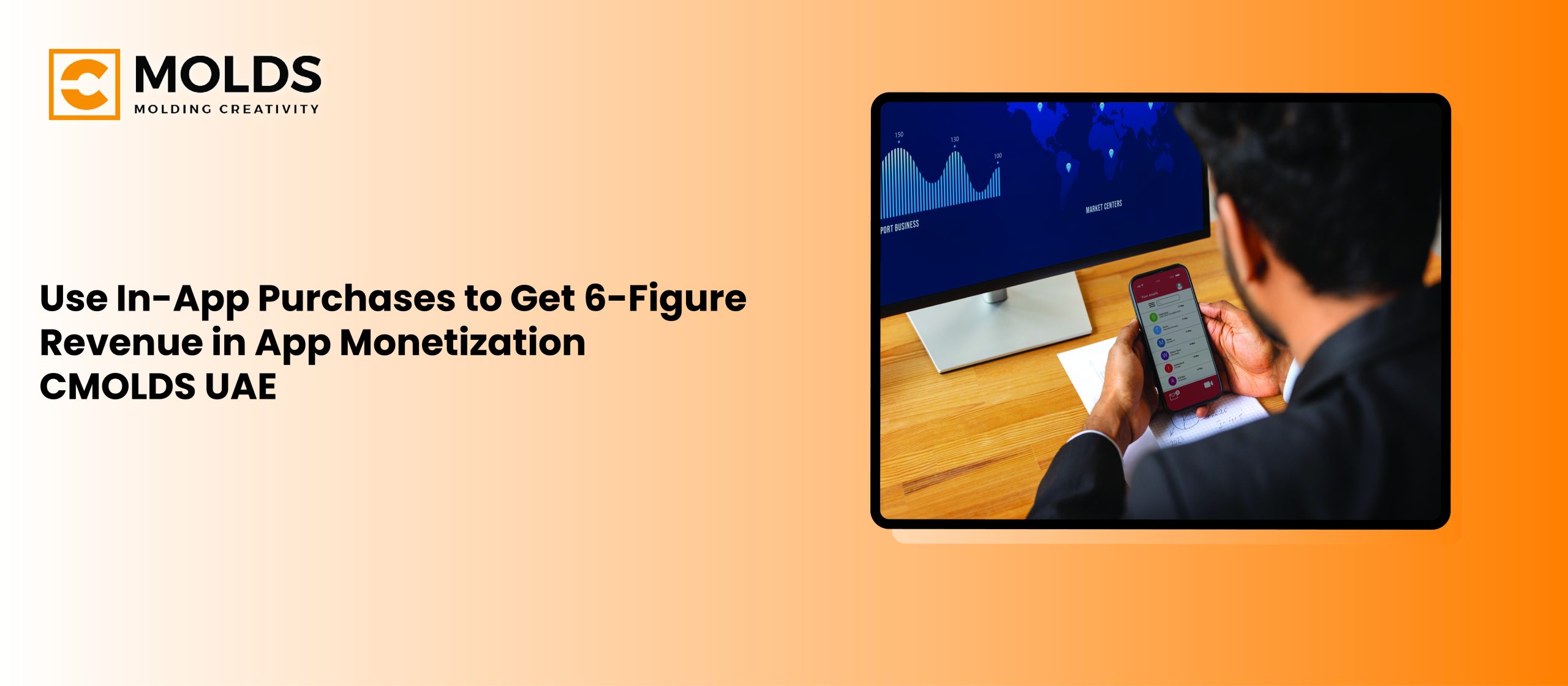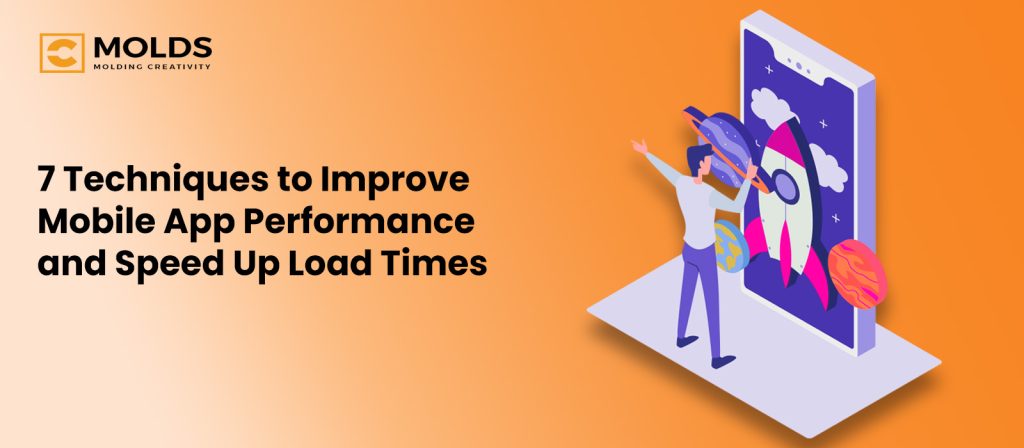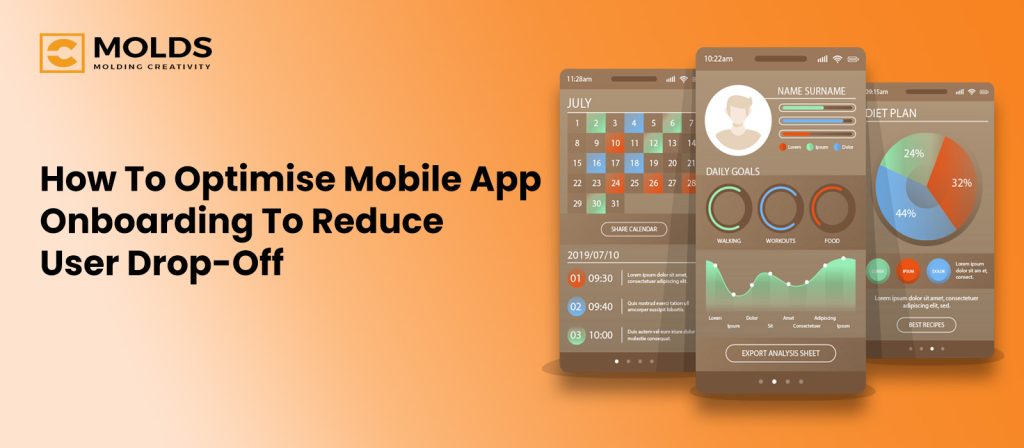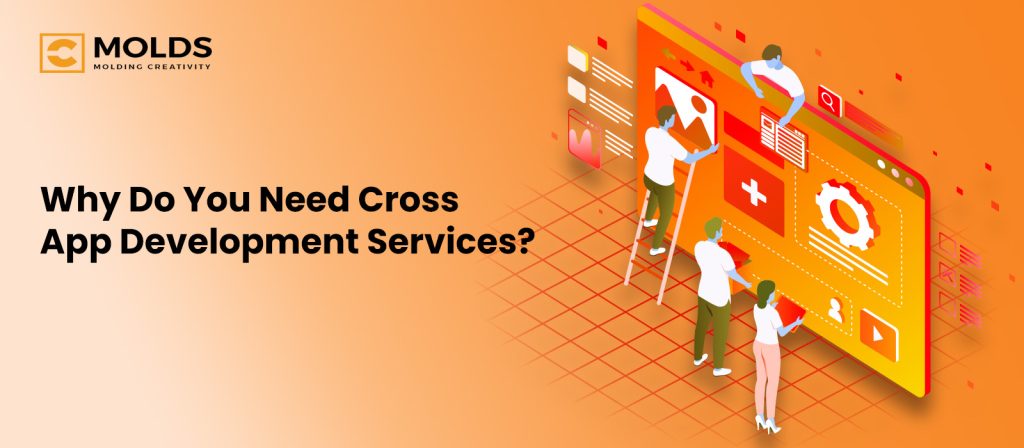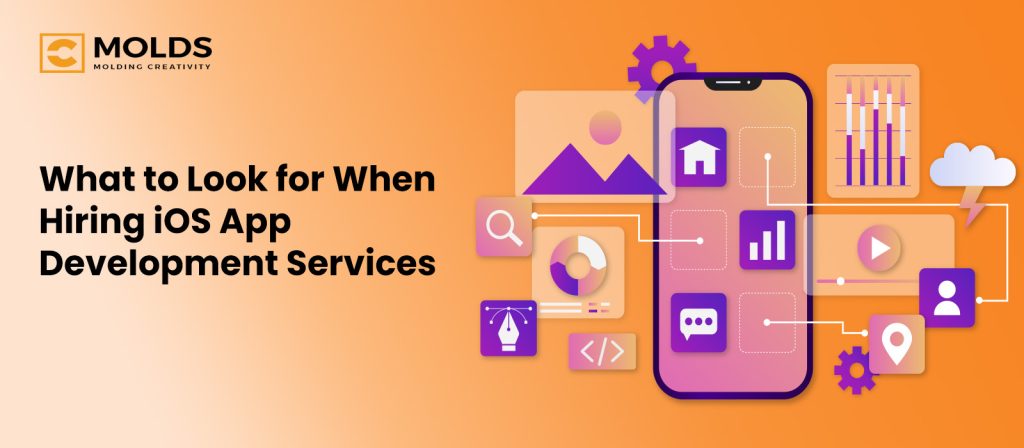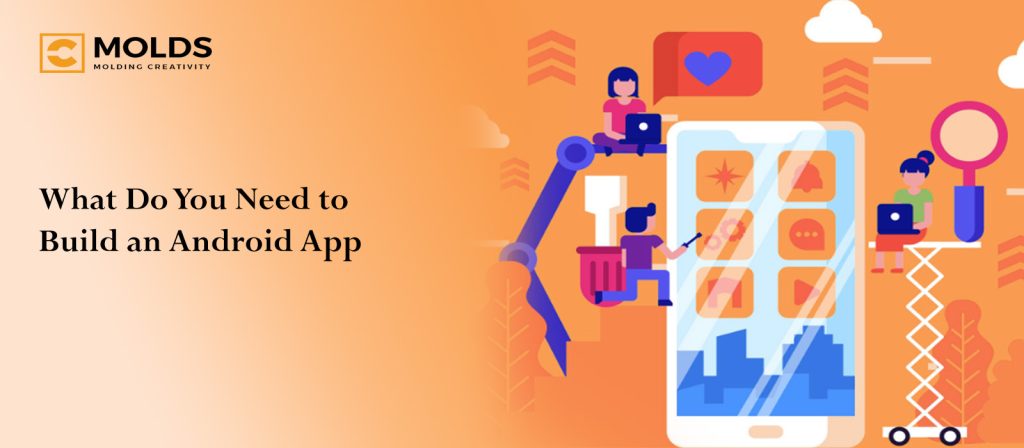In-app purchases have been causing the stir in the technology ventures – all the more now as Apple became the leading marketplace reporting the biggest app revenues through ad spending, subscriptions and in-app purchases. This is a prominent monetization model that presents various options for app founders to turn their free apps into cash cows. If you are an app founder, or a marketing manager planning to achieve your next quarter’s app revenue targets with in-app purchases, then keep reading as the article covers:
- What in-app purchases are and how developers utilize this monetization strategy in the mobile app
- Case studies of mobile apps successfully utilizing in-app purchases for monetization
- Benefits of in-app purchases for app founders and businesses
- 5-Step process for implementing in-app purchases
- Strategies to make your users actually buy in-app purchases
What Are In-App Purchases?
In-app purchases are virtual goods, digital downloads and often premium features that pop up to help users enhance the experience – but after spending a specific amount of money. Most importantly, app users don’t have to leave the app interface to make the purchase – they buy then and there on the same screen.
Most common examples of in-app purchases include:
- Extra lives and power-ups in mobile games – think Candy Crush
- New swords and costumes in mobile games – think Subway Surfers
- Features like automatic task updates – think Trello
- Ad-free viewing and playing experience – think about calculators and streaming platforms
6 Questions to Ask Yourself When Deciding In-App Purchases As the Revenue Mode
 Here are 6 guiding questions that should help you in analyzing if in-app purchases are the right monetization model for your mobile application.
Here are 6 guiding questions that should help you in analyzing if in-app purchases are the right monetization model for your mobile application.
- Does my app offer additional value?
Think if there are features, content, or virtual goods that users would find valuable enough to purchase within the app.
- Do I have a target audience willing and capable of purchasing?
This takes into account the willingness to spend, plus the purchasing power of the demographics you are targeting – in short, this will tell you if there is demand for your in-app purchases.
- Are in-app purchases common in this niche and with competitors?
Check if competitor apps also leverage in-app purchases. Also evaluate if other apps in this niche are making money with in-app purchases. This answer should guide you about market trends, demand and acceptance.
- Can in-app purchases enhance the user experience of my app?
Think if your planned or designed in-app purchases will blend well with the user interface and user experience of your app. If they contribute well – go ahead, if no, rethink!
- Will in-app purchases generate significant revenue and cover expenses?
You should be able to forecast potential revenue streams based on factors like user base size, purchase frequency, average transaction value.
If your answers to most questions here, especially the fifth one, are yes, then you are good to go with utilizing in-app purchases for your app business.
If most of your answers here, especially the fifth one, are no, then ask yourself one more question:
- Can other monetization models bring in more money?
Think about utilizing advertisements, data monetization, subscriptions, and sponsored content and check if they can be better alternatives to monetization than in-app purchases.
5 Case Studies of Mobile Apps Utilizing In-App Purchases for Monetization
Here are top 5 apps that leverage in-app purchases as a super important part of their entire monetization strategy.
TikTok
The king of short-form video content, TikTok’s mobile app is free to download and use for literally everyone wherever you are on the planet. It has an impressive monetization mix, which takes in considerable contributions from ‘coins’ that user and viewers can send to their favorite creators during live streams as gifts.
Web developers in Dubai can draw inspiration from TikTok’s successful implementation of in-app purchases, leveraging similar strategies to enhance revenue generation while preserving a seamless user experience within their own applications. These coins definitely cost real money – but users don’t feel reluctant if they like the content of the live stream. This is a classic example of how a free application can utilize in-app purchases while not compromising the user experience of the app.
Snapchat
Another B2C mobile app known for its disappearing photo and video messages and the streak culture it first established, Snapchat also utilizes in-app purchases to monetize the app.

Users can purchase Snapchat Filters and Lenses, both created by Snapchat and by third-party developers, to add fun and creative elements to their snaps.
Candy Crush Saga
This addictive puzzle game by King is a master of in-app purchases. Players can buy boosters, extra lives, and moves to help them conquer those tricky levels.

With strategically timed offers and irresistible bundles, Candy Crush Saga hooks players into spending a little extra to not break or interrupt their gaming experience.
Tinder
The most popular dating platform globally, Tinder has utilized in-app purchases to enhance users’ chances of finding love (or a fun date). Tinder offers a subscription service called Tinder Plus or Tinder Gold, unlocking premium features like unlimited swipes, Passport (to swipe in different locations), and Rewind (to undo swipes).
While this works as a freemium model, Tinder successfully converts free users into paying subscribers by offering additional value as well as convenience.
Canva
Canva is a graphic design app available for mobile and desktop devices. It is a drag and drop tool and works for beginners and experts in graphics to intermediate UI/UX designers. It has a vast scope that works for website and mobile mockups, social media and printables.
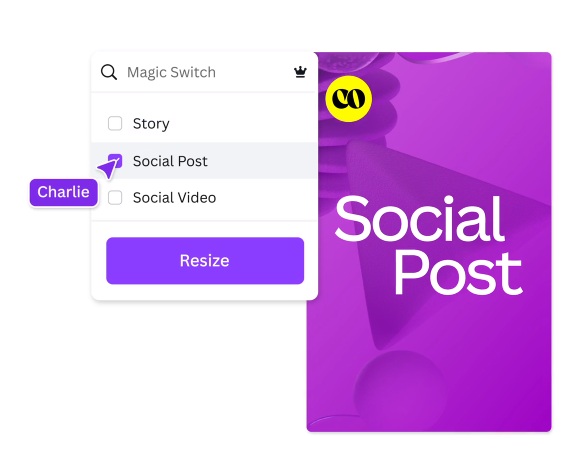
While the app’s primary business model is freemium, users can browse through a variety of features, premium templates, graphics, illustrations, and stock photos to enhance their designs. By offering these assets as in-app purchases, Canva caters to users seeking more customization options and higher-quality resources for their projects. But what’s working for Canva is its strong user experience strategy: it recommends design elements right when users need them – but also has free alternatives available for users planning to work for free.
Benefits of In-App Purchases as a Monetization Model
With in-app purchases, you’re basically opening up a small virtual goods mall within your app. Here are top five benefits of adding in-app purchases in your monetization strategy.
-
Direct Revenue Boost
Users love convenience, and when they can buy that extra power-up or premium feature without leaving the app, it’s cha-ching for the app founders. When placed strategically, on-point and cyclical, such purchases are like hitting the jackpot for developers.
-
Enhanced App Use Sessions and User Engagement
Popular applications use these in-app purchases to boost the user experience – and this typically happens in mobile games and apps that earn with advertisements otherwise. When placed strategically, these in-app purchases keep the users hooked and they are more likely to spend when they want to continue using the app’s features.
-
Flexible Monetization Option
In-app purchases are super flexible, unlike traditional pay-to-download models. You can offer your app for free and let users decide if and when they want to splurge on extras. In both of these cases, you are still making money while not limiting the users.
-
Tailored Revenue Streams
By utilizing in-app purchases, you are creating a win-win situation for yourself as an appreneurs and your users. These in-app purchases help you cater to all different types of target users based on their purchasing power and spending habits. Some might be happy with the free version, while others are willing to shell out for that premium, maybe ad-free experience.
-
Continuous Revenue Flow
The fact that your revenue stream grows even after the initial download is one of the best things about in-app purchases. With regular updates, new content, and exciting offers, and habit loops, you can keep the cash flowing long after users have installed the app.
Recommended Read: Mobile App Development Strategy
5-Step Process for Creating and Placing In-App Purchases
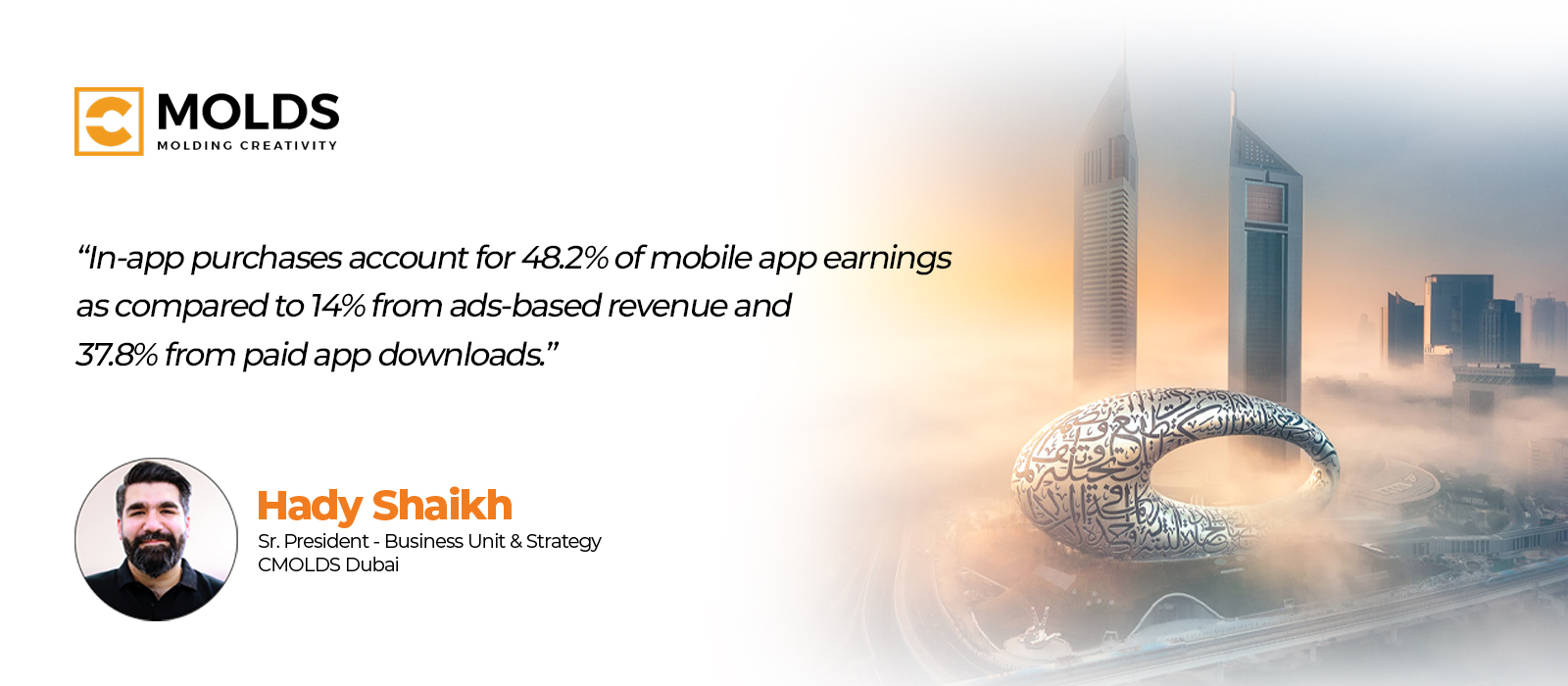 When striking the right balance between user engagement and excitement so that they buy in-app purchases, here are 5 steps that always work for my clients:
When striking the right balance between user engagement and excitement so that they buy in-app purchases, here are 5 steps that always work for my clients:
-
Proposition
Here I’m talking about the unique selling proposition and the value your in-app purchases offer to the user. The key in successful in-app purchases is the usability they provide – whether it’s an ad-free experience, an extra life, a new costume, a location unlocked, a social sharing boost etc.
Remember that users will only make a money investment in a free app when they’ll firstly trust that your app is reliable, and secondly, that their purchase gets them something meaningful and valuable and relevant. They should feel that they are getting something worthwhile virtually, while spending their hard-earned cash.
To ensure users understand and view the unique value proposition of each in-app purchase, CMOLDS UAE mentions the benefits, price and availability in the content below the offer of the in-app purchase so my clients’ users can make informed decisions.
-
Personalization
After building the USP of your in-app purchases, you have to give a touch of personalization so that users find them suitable and exciting enough to buy.
You can leverage data and analytics to personalize the in-app purchase experience. Start by looking into user behavior and preferences, also past purchases if applicable. Then find the patterns around screen times and favorite features. See where users are most likely to tap the buy button.
Tailoring offers to groups of users will increase the likelihood of conversion. Also, you can later on automate a set up where a bot in the backend keeps track of movements and recommends in-app purchases accordingly.
-
FOMO
The third step is to show scarcity and urgency of buying. This creates a FOMO emotion – fear of missing out.
While every user loves a good deal, you have to compel users to strike while the iron is hot – and take advantage of favorable in-app purchases when they last. And you do exactly this with limited time offers, discounts, flash sales, special promotions and bundle deals on events and seasons. You can even start a daily challenge experience, at the end of which users get a discount – any user who chooses to participate for a discount is more likely to buy.
Bonus tip here is to create a sense of urgency to drive action and purchases, but strike the right balance with timing so that users don’t feel bombarded with constant salesy or commercial banners.
-
Placement
The fourth step after adding a sense of FOMO is to place your in-app purchases well where they have to be.
To make the most of your in-app purchases, you have to place them in your app strategically – areas and transitions where users are most likely to notice them and compelled to buy them.
This could be during natural breaks in the experience, or, at points where users would like an extra boost, an additional view etc.
Common examples where mobile app developers in Dubai place in-app purchases are between game levels, or after achieving milestones.
-
Experience
So you have created good, personalized in-app purchases, attracted the users, placed them well – but what if they tap to buy and your app doesn’t respond, or has a complicated checkout process, or hidden fees or worst of app – crashes or takes the user out of your app’s interface?
Any negative experience like the ones mentioned would deter your users from completing their purchase and definitely hurt your revenue. The key here is to simplify the buying process – the easier and smoother the buying experience, the more chances of users making a successful purchase – and in fact, coming back for more.
3 Tips to Boost In-App Revenue
-
Transparent Pricing
Transparency, security and trust are key here! Set realistic prices and show them transparently on the interface with any tax amounts you’d be charging. You can show the actual amount deducted with a breakdown as well. Don’t charge any hidden fees – that could break your in-app purchase strategy altogether.
-
Trial Periods and Samples
In one or second instances, if users don’t make a purchase, consider giving them a no-obligation freebie, a trial period without credit card information, or a sample virtual good to utilize for three to seven days in their app. This will give them a taste and they might make a purchase after experiencing the freebie.
-
Social Proof
This way, you can show how other users benefited and experienced from making a specific in-app purchase. To show social proof, your developer will have to play well with the user interface design, but if customer reviews are shown well, you can boost your app revenue. Also offer customer support right with reviews so your users know where they have to reach you.
Conclusion
So this comprehensive guide on utilizing in-app purchases concludes here. Now are you ready to take your next step and decide if in-app purchases are the ideal monetization strategy for your app? Skip the guesswork and let CMOLDS UAE help you make an informed decision.
As a reputable mobile app development company in Dubai, CMOLDS UAE offers a 30-minutes free consultation and idea validation session to entrepreneurs and future app founders currently in their ideation and discovery phase. This is a no-obligation session conducted by our senior product development strategists who have over 5 years of experience building and scaling website businesses, mobile applications and enterprise-grade SaaS for revenue and experience delivery.
Book a call and we’ll take it from there!
Recommended Read: How much does it cost to develop a mobile app in Dubai


